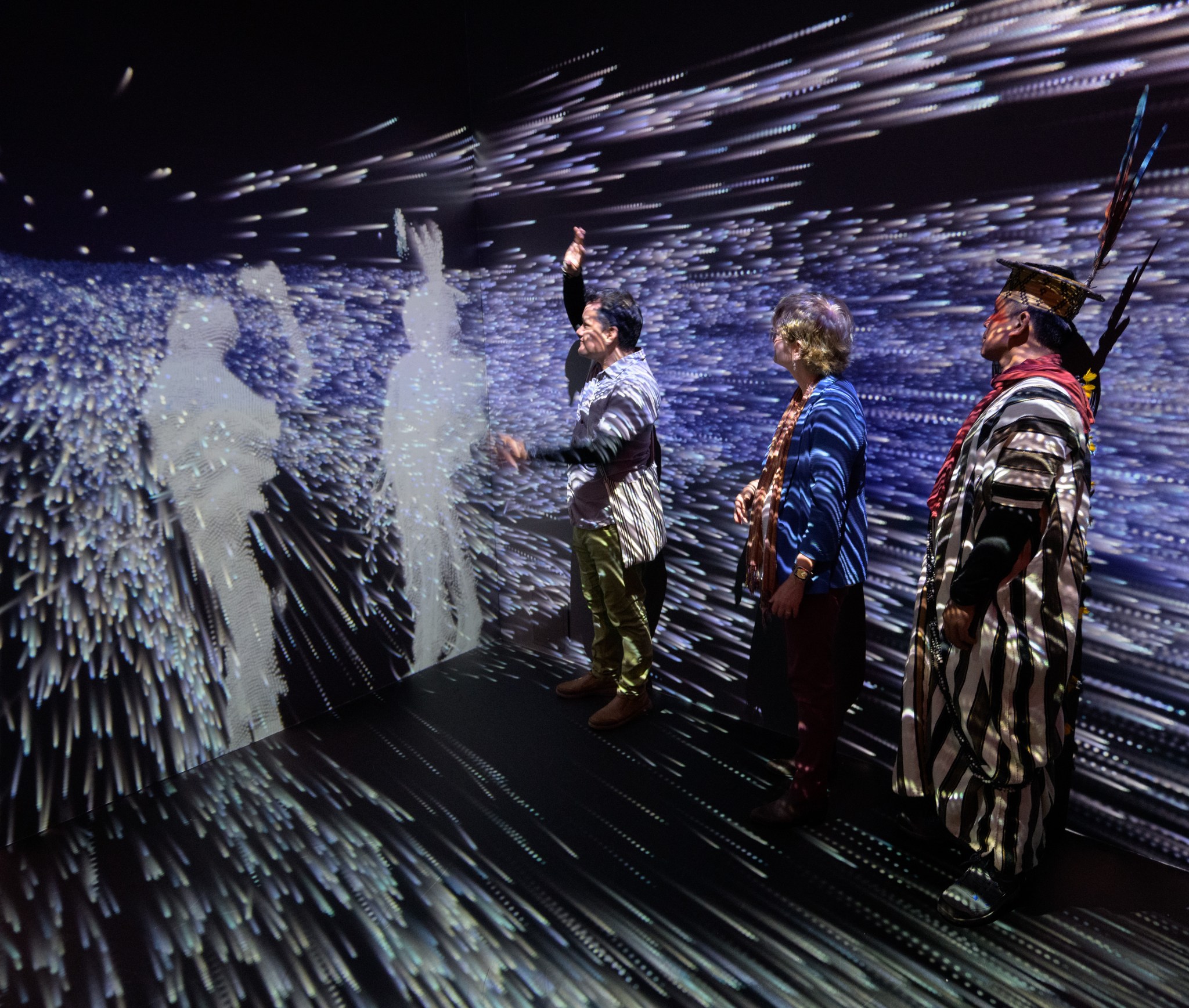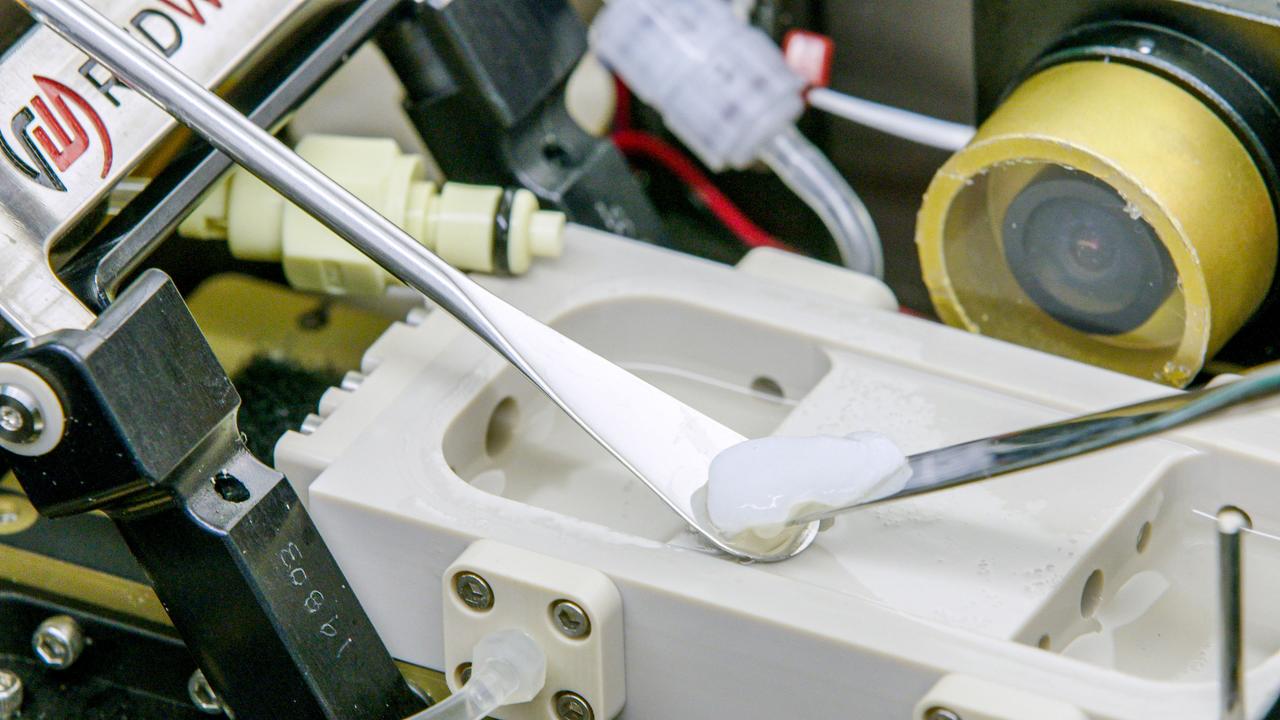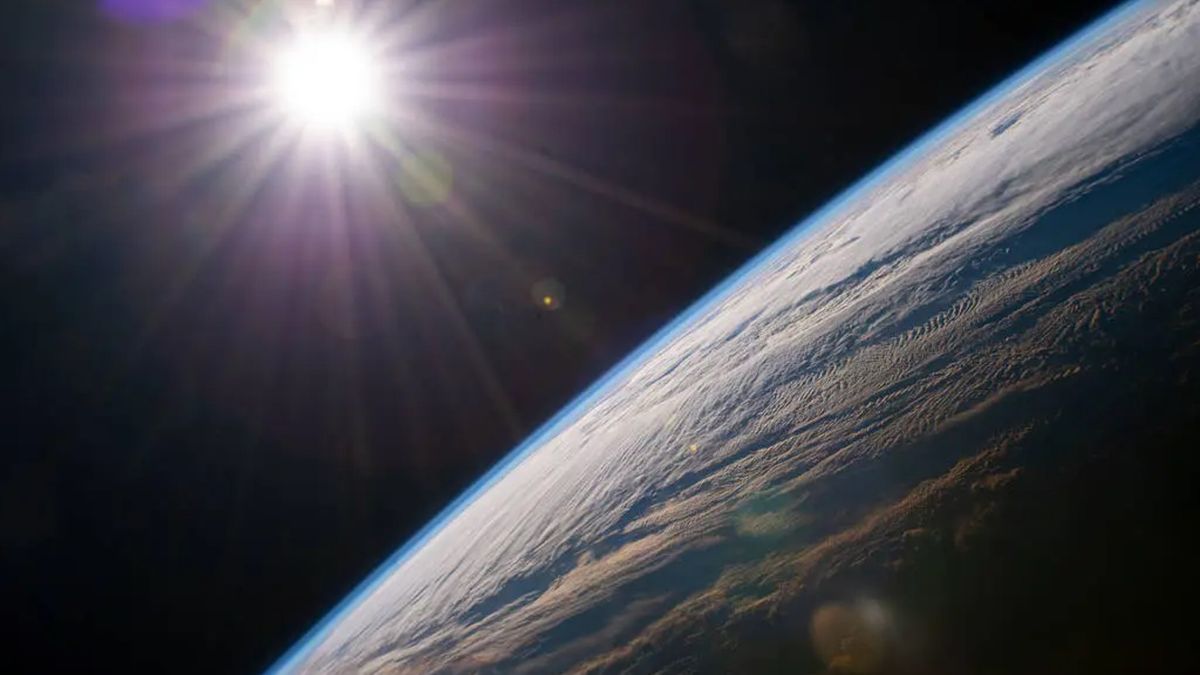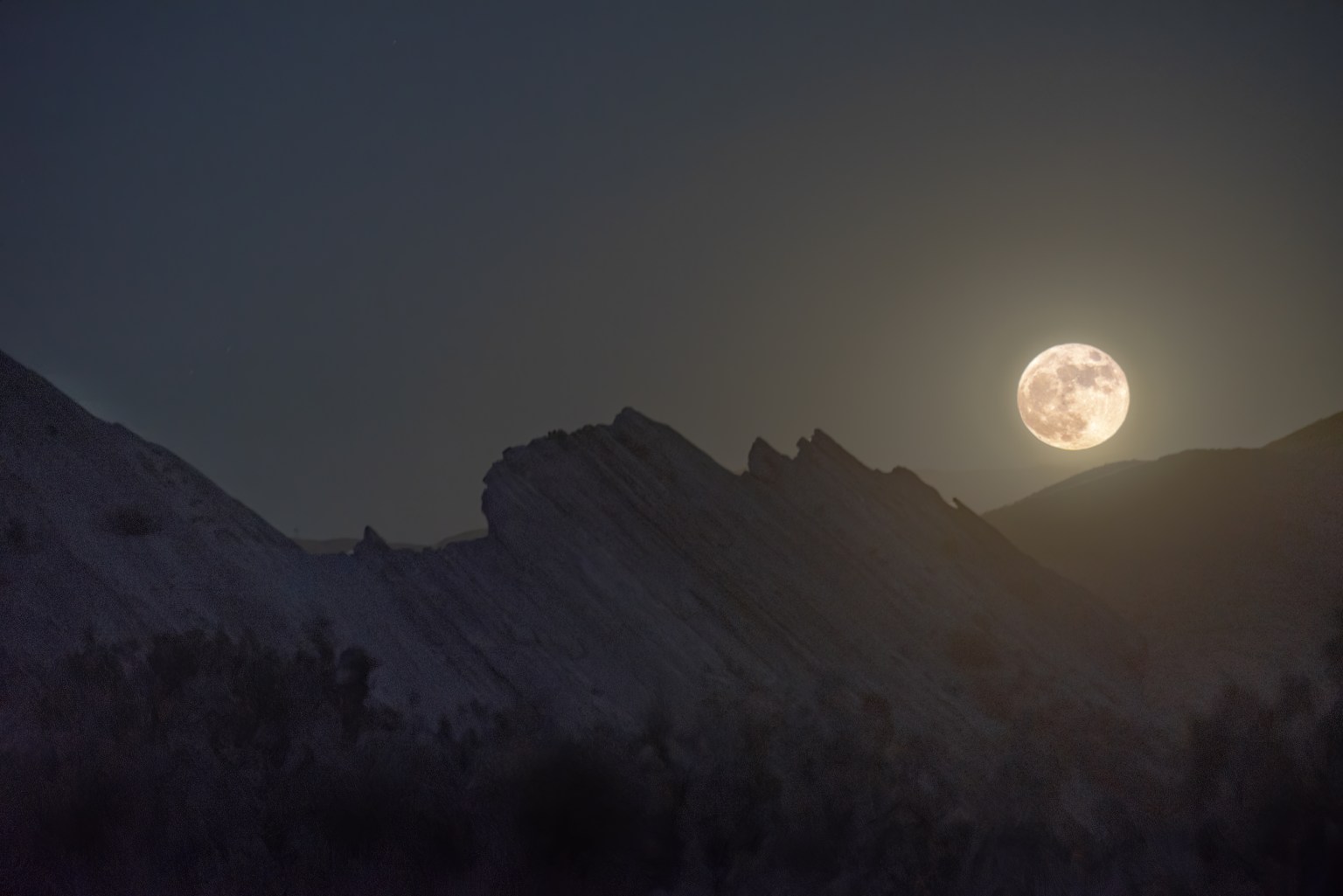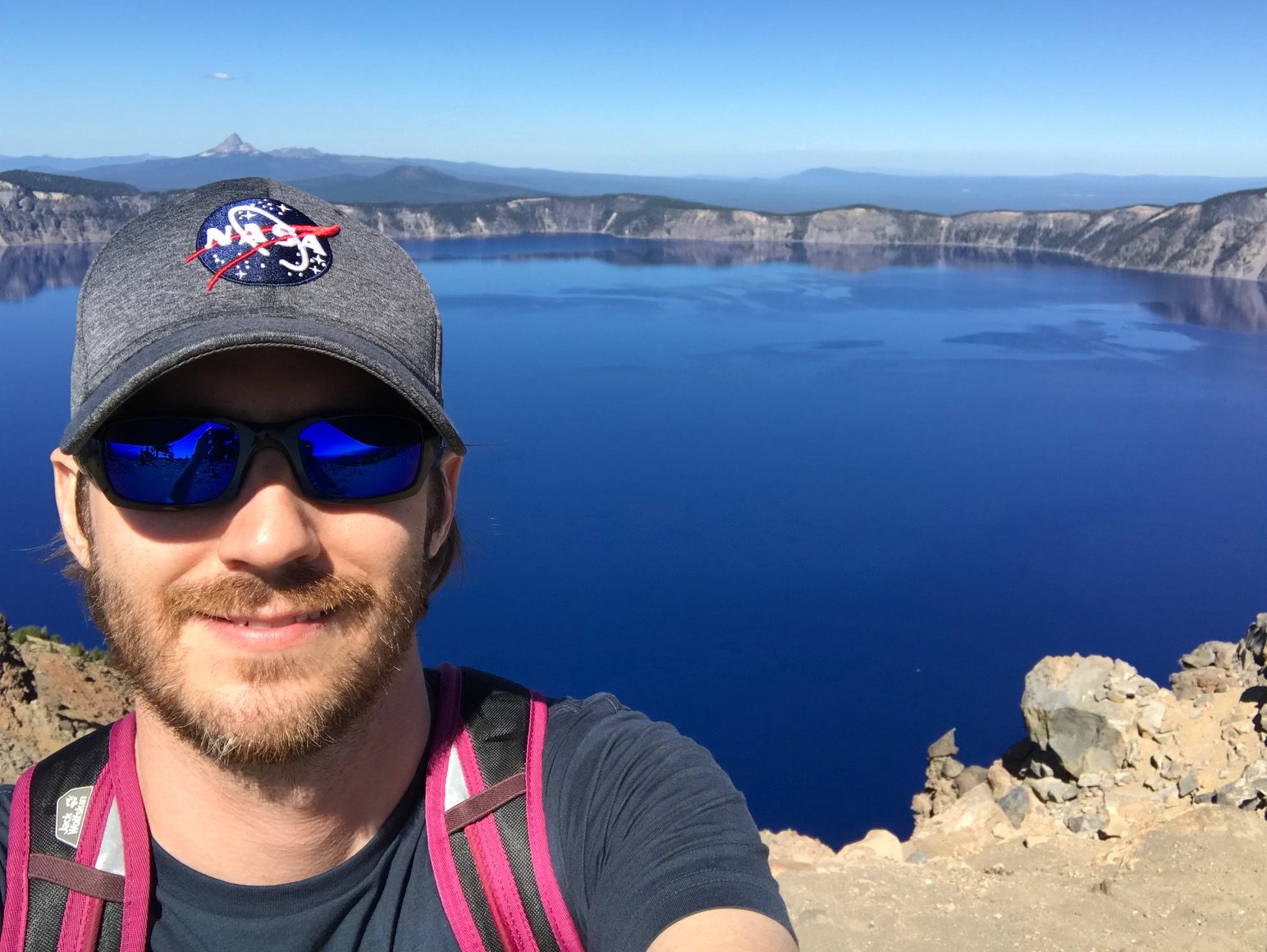A collage of illustrations highlighting the novel concepts proposed by the 2024 NIAC Phase I awardees. Credit: clockwise, from upper right: Steven Benner, Beijia Zhang, Matthew McQuinn, Alvaro Romero-Calvo, Thomas M. Eubanks, Kenneth Carpenter, James Bickford, Alvaro Romero-Calvo, Peter Cabauy, Geoffrey Landis, Lynn Rothschild, and Ge-Cheng Zha. NASA NASA selected the 2024 Phase I awardees for its program to fund ideas that could innovate for the benefit of all and transform future agency missions. From proposals to explore low Earth orbit to the stars, the 13 concepts chosen stem from…
Read MoreMonth: January 2024
Amazonian Leaders Visit “Space for Earth”
Amazonian leaders visit “Space for Earth,” an immersive audio-visual installation that draws from near real-time satellite data and images, in NASA’s Earth Information Center at the NASA Headquarters Mary W. Jackson Building in Washington on Nov. 17, 2023. The leaders, joined by University of Richmond faculty and NASA representatives, gathered to discuss how NASA’s data can be used to help protect the Amazon. The NASA Headquarters photographers chose this photo as one of the best images from 2023. Explore the Earth Information Center. Image Credit: NASA/Bill Ingalls
Read MoreNIAC 2024 Selections
2 min read Preparations for Next Moonwalk Simulations Underway (and Underwater) Montage of twelve illustrations depicting futuristic aerospace concepts, including a solar powered glider soaring over the clouds of Venus, a fixed wing electric aircraft flying above a Mars landscape, dish satellite probes scattered across the solar system, flat circular discs floating in space and dotted with hundreds of circle sensors, and a device on the lunar surface with sensing lasers. Phase I Matthew McQuinnSolar System-Scale VLBI to Dramatically Improve Cosmological Distance MeasurementsUniversity of Washington, SeattleSeattle, Washington 98195-10002024 Phase I…
Read MoreNASA’s 2023 Space Station Achievements
5 min read Preparations for Next Moonwalk Simulations Underway (and Underwater) The International Space Station is a hub for scientific research and technology demonstration. Currently, in its third decade of human-tended operations, the orbiting lab is building on previous research to produce pivotal results while conducting cutting-edge science. Read highlights of some of the groundbreaking space station science conducted in 2023 that is benefiting humanity on Earth and preparing humans for journeys to the Moon and beyond. Bringing Back the Benefits to People on Earth The first human knee meniscus…
Read MoreAustralia celebrates space history on world’s 1st coin minted in 2024
The world’s first coin to be struck in 2024 highlights Australian space exploration history. “Out of this World – Australia in Space” was chosen by the Royal Australian Mint as its 2024 theme “to showcase Australia’s history and significance as one of the earliest nations to launch its own satellite.” The coin’s reverse, or tails side, depicts an Australian astronaut on a spacewalk and the launch of WRESAT-1 on a modified U.S. Redstone rocket in 1967. The satellite, which carried upper atmospheric radiation measurement experiments, established Australia as the seventh…
Read More‘Cooling glass’ could fight climate change by reflecting solar radiation back into space
As the world continues to experience a worsening climate crisis with record-breaking temperatures, scientists have developed a new, highly reflective glass coating that may help cool a rapidly warming Earth. In theory, the coating — a slurry-like mixture of inexpensive glass and aluminum oxide particles — could reflect high amounts of sunlight off of the surfaces on which it is painted, such as roofs of buildings and roads. Laboratory tests have shown it to reflect up to 99 percent of solar radiation back into space. If it pans out, the…
Read MoreThe Next Full Moon is the Cold, Frost or Winter Moon
23 Min Read The Next Full Moon is the Cold, Frost or Winter Moon A full moon rises about California’s Vasquez Rocks Credits: NASA/Preston Dyches January 2024 The Next Full Moon is the Cold, Frost, or Winter Moon; the Long Night Moon; the Moon after Yule; the Datta Jayanti and Thiruvathira Festival Moon; Unduvap Poya; and the Chang’e Moon. The next full Moon will be Tuesday evening, December 26, 2023, appearing opposite the Sun (in Earth-based longitude) at 7:33 PM EST. This will be on Wednesday in Coordinated Universal Time…
Read MoreRipples in the oldest known spiral galaxy may shed light on the origins of our Milky Way
Observations have revealed the first-ever seismic waves seen in an ancient galaxy, possibly offering new insight into the origins of our very own Milky Way. The galaxy, known as BRI 1335-0417, is more than 12 billion years old, making it the oldest and farthest known spiral galaxy in our universe. Using the Atacama Large Millimeter/submillimeter Array (ALMA) radio telescope in Chile, researchers studied the motion of gas around the galaxy and, in turn, captured the formation of a seismic wave. Such phenomena has never been observed before in such an…
Read MoreJoshua Schlieder: Feet on the Ground, Head in the Stars
8 min read Preparations for Next Moonwalk Simulations Underway (and Underwater) Name: Joshua Schlieder Title: Wide Field Instrument Scientist for the Nancy Grace Roman Space Telescope and Operations Project Scientist for the Neil Gehrels Swift Observatory Formal Job Classification: Research Astrophysicist Organization: Stellar Astrophysics and Exoplanets Laboratory, Astrophysics Division, Sciences and Exploration Directorate (Code 667) Joshua Schlieder is the Wide Field Instrument scientist for NASA’s Nancy Grace Roman Space Telescope. “I am never bored (but sometimes stressed),” he said. “Every day is a new adventure.” Courtesy of Joshua Schlieder What…
Read MoreNASA’s Crew-4 Q&A With Students at Martin Luther King Jr Memorial Library
NASA astronauts Kjell Lindgren, Jessica Watkins, and Robert Hines participate in STEM demonstrations with local students at the Martin Luther King Jr Memorial Library, Thursday, March 30, 2023, in Washington. Lindgren, Hines, and Watkins spent 170 days in space as part of Expeditions 67 and 68 aboard the International Space Station.
Read More
